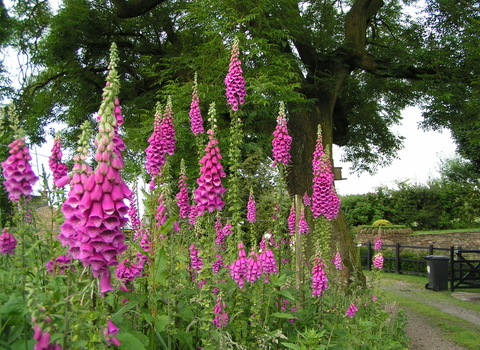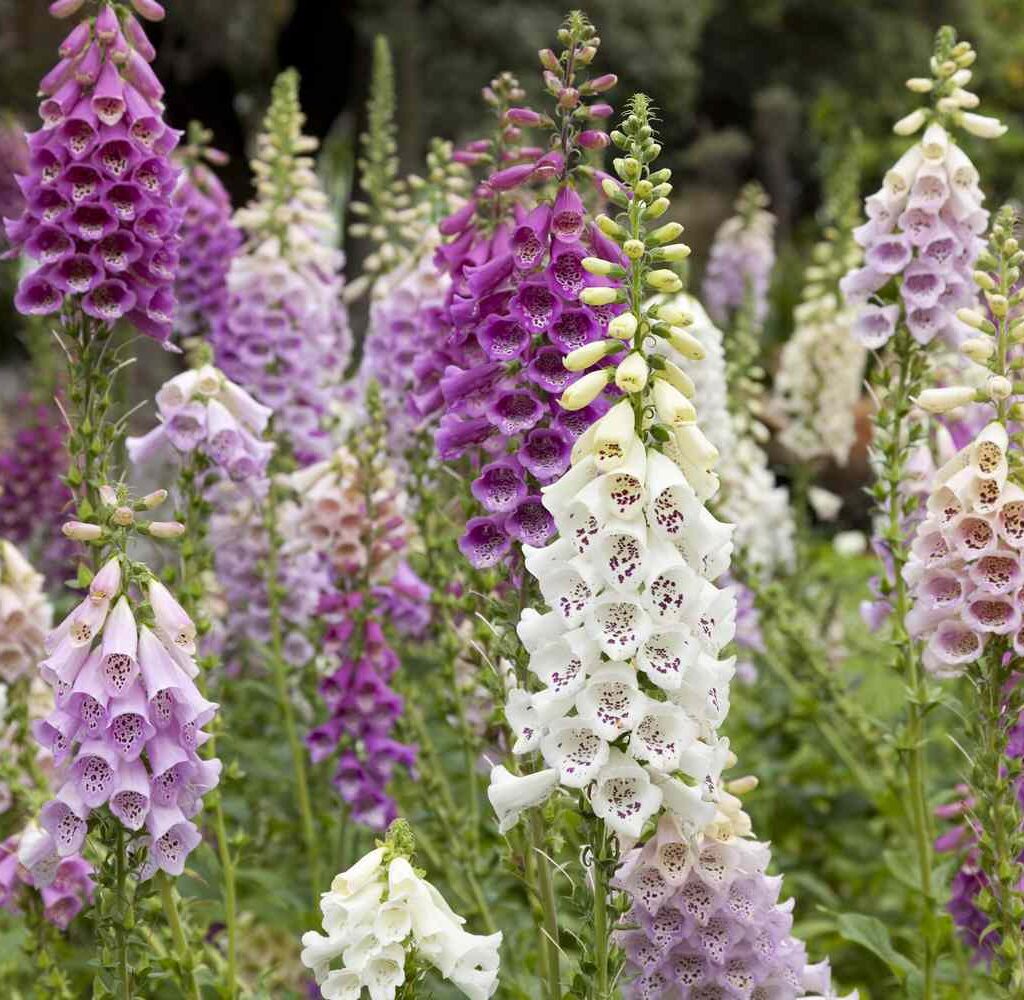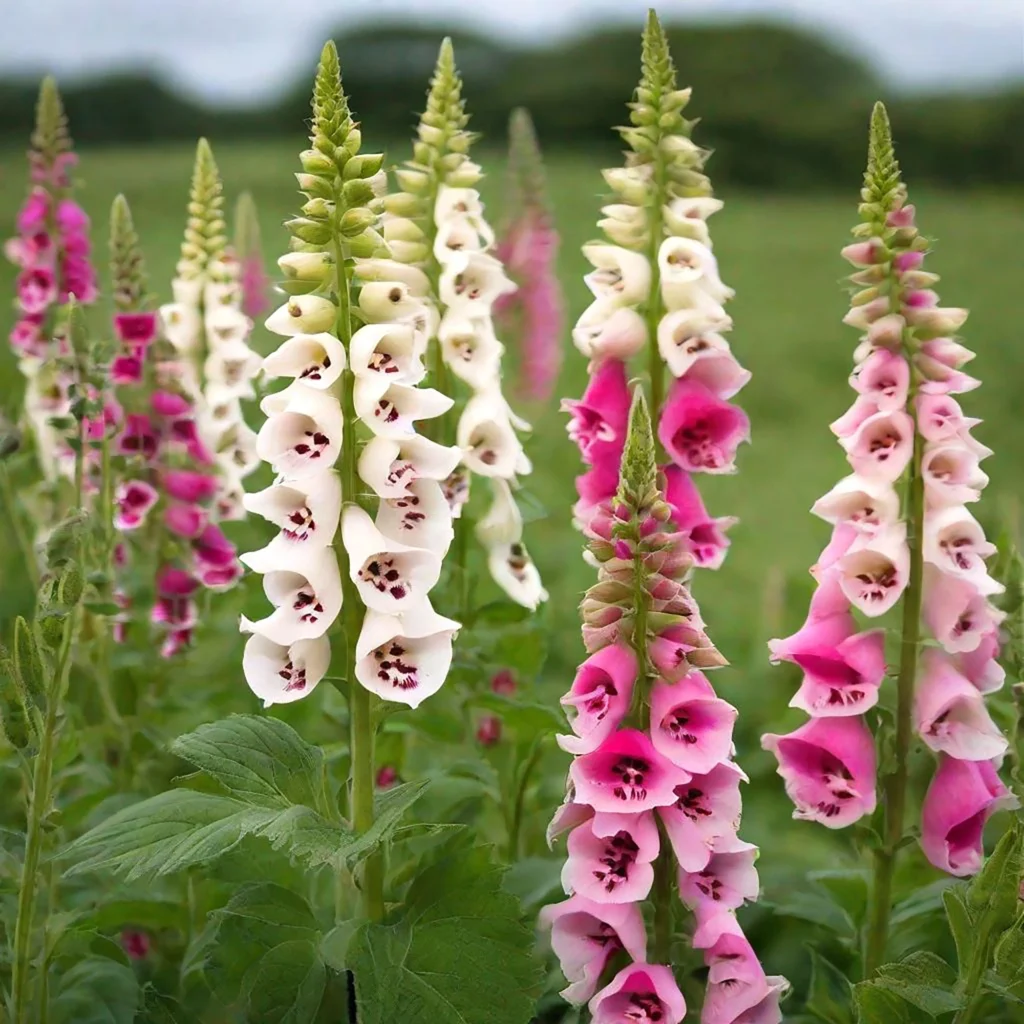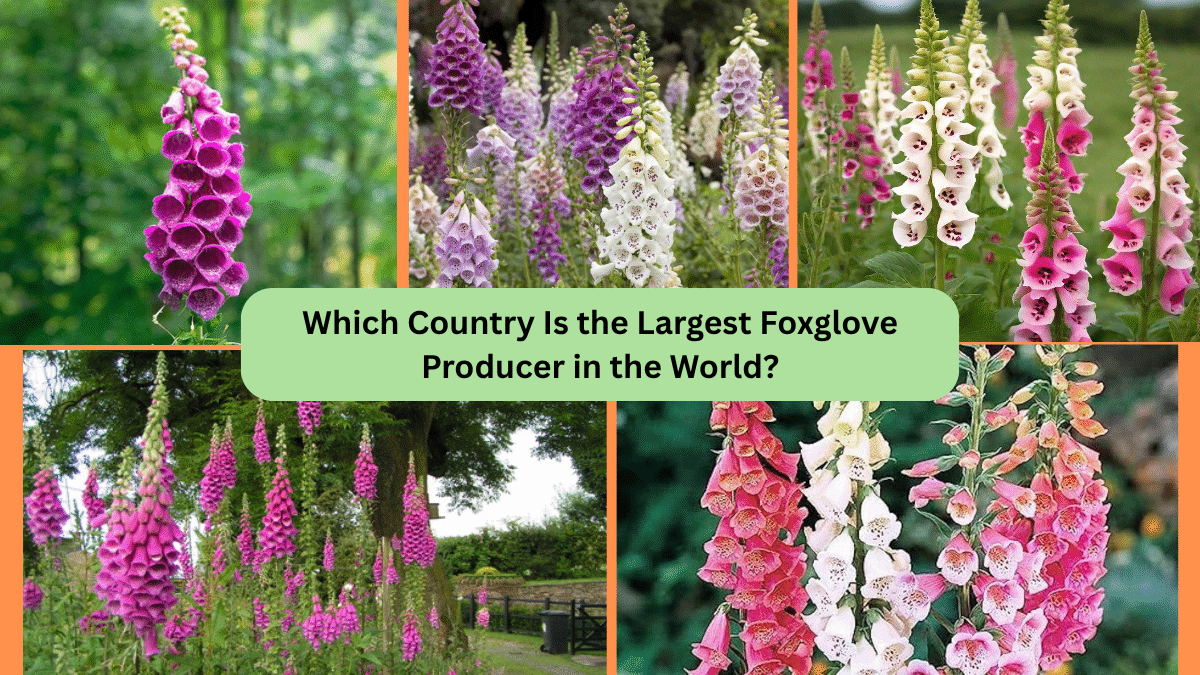Foxgloves, with their striking bell-shaped flowers and towering spikes, have enchanted gardeners and herbalists for centuries. Known botanically as Digitalis, these captivating plants are not only garden favorites but also vital in the pharmaceutical world for their cardiac glycosides — compounds essential in treating heart conditions.
While foxgloves are native to Europe and widely grown as ornamental plants globally, only a handful of countries cultivate them on a commercial scale, particularly for medicinal use. So, which country is the largest foxglove producer in the world? The answer lies in a blend of ornamental cultivation and pharmaceutical farming, with India currently leading in commercial foxglove production for medicinal purposes.
In this article, we’ll explore the fascinating story of foxglove cultivation, its dual importance, the countries involved, and why India stands out as the top producer today.
A Brief History of Foxglove

Foxglove plants belong to the genus Digitalis, with about 20 species spread across Europe, North Africa, and parts of western Asia. The most famous, Digitalis purpurea, is native to western Europe and easily recognizable by its tall spikes of pink, purple, or white bell-like flowers.
Historically, foxgloves have been prized for their ornamental beauty and medicinal properties. In the 18th century, British physician William Withering discovered that foxglove extracts could treat heart failure, leading to the development of the heart medicine digoxin, which is still in use today.
Since then, the demand for foxglove has persisted — not just for its decorative appeal but also for pharmaceutical applications. While synthetic alternatives exist, certain cardiac glycosides are still primarily derived from natural foxglove leaves.
Global Foxglove Cultivation Overview
Today, foxgloves are grown worldwide, but the scale, purpose, and type of cultivation vary. There are two primary categories:
- Ornamental Cultivation: Foxgloves are widely grown in gardens, parks, and public landscapes, especially in Europe, North America, and parts of Asia for their stunning appearance and ability to attract pollinators like bees and hummingbirds.
- Pharmaceutical Cultivation: Certain species of foxglove, particularly Digitalis lanata and Digitalis purpurea, are cultivated for their medicinal leaves, which are processed to extract cardiac glycosides.
While ornamental growing happens across many countries, large-scale pharmaceutical cultivation is limited to specific regions with suitable climates and infrastructure.
Which Country Is the Largest Foxglove Producer in the World?

India stands out as the largest producer of foxglove for medicinal purposes, particularly in the southern state of Tamil Nadu. India has established organized farming, processing, and export systems dedicated to producing dried foxglove leaves for pharmaceutical manufacturing.
Why India Leads:
- Favorable climate: The mild temperatures and well-drained soils of Tamil Nadu and other southern states offer ideal conditions for growing Digitalis lanata, the species most valued for medicinal use.
- Established export infrastructure: India has a long history of cultivating medicinal plants and exporting them globally.
- Large-scale organized farming: Specialized farms cultivate foxglove as a biennial crop, ensuring steady, high-quality harvests.
- High demand from pharmaceutical companies: Indian growers supply processed foxglove leaves to international pharmaceutical companies that extract digoxin and related compounds.
While foxgloves grow naturally and ornamentally in many regions, India’s pharmaceutical-driven cultivation, scale, and export capacity put it ahead of other countries in terms of commercial production.
Other Countries That Grow Foxglove

Though India is the leader, several other countries contribute to foxglove cultivation, either for local medicinal use or as ornamental plants:
Turkey and the Balkans
- Turkey and Balkan countries are part of Digitalis lanata’s native range and host natural wild populations.
- Small-scale harvesting of wild foxglove leaves occurs here for local medicinal use, though not at a significant commercial export scale.
United Kingdom
- Foxgloves are native to the UK and are widely grown ornamentally in gardens and parks.
- Historically, the UK played a key role in the medical application of foxglove but now focuses mainly on ornamental cultivation.
Germany
- Germany grows foxgloves ornamentally and occasionally for medicinal research.
- Some pharmaceutical processing of imported foxglove leaves continues in the country.
United States
- Foxgloves have naturalized in parts of the U.S., particularly in temperate zones.
- Primarily grown ornamentally in gardens, parks, and public landscapes.
China
- In China, foxgloves have a history in herbal medicine and are grown in botanical gardens.
- Production is primarily ornamental, with some small-scale medicinal applications.
How Foxgloves Are Cultivated for Medicine
For pharmaceutical production, foxgloves are typically grown as a biennial crop. Here’s a brief overview of the process:
- Planting: Seeds are sown in nurseries or directly in fields with fertile, well-drained soils.
- Transplanting: Seedlings are moved to open fields and spaced out for proper growth.
- Leaf Harvesting: The most valuable part of the foxglove plant is its leaves, which are harvested before the plant flowers.
- Drying and Processing: Leaves are carefully dried to preserve the cardiac glycosides, then packaged for export or processing.
- Extraction: Pharmaceutical companies extract compounds like digoxin and digitoxin from the dried leaves for use in heart medications.
Important Note: Toxicity

While foxgloves are beautiful and medicinally valuable, they are also highly toxic if ingested improperly. Every part of the plant contains cardiac glycosides, which can cause nausea, irregular heartbeat, and even death in humans and animals if consumed without medical supervision.
The Future of Foxglove Production
As demand for natural cardiac glycosides continues, particularly in regions where synthetic alternatives are costly or unavailable, foxglove cultivation for medicinal use is likely to persist.
India is expected to maintain its lead due to:
- Its established infrastructure
- Experienced growers
- Reliable climate conditions
- Pharmaceutical partnerships
However, sustainability and environmental safety practices will become increasingly important as global attention focuses on ethical plant harvesting and biodiversity conservation.
Quick Facts: Foxglove Production

| Attribute | Details |
|---|---|
| Primary medicinal species | Digitalis lanata, Digitalis purpurea |
| Top producer (medicinal) | India (Tamil Nadu region) |
| Ornamental producers | UK, USA, Germany, Turkey, China |
| Medicinal use | Heart failure, arrhythmia treatment (digoxin) |
| Toxicity | Highly poisonous if ingested improperly |
| Pharmaceutical extraction | Cardiac glycosides from dried leaves |
Conclusion
So, to answer the central question: Which country is the largest foxglove producer in the world?
When it comes to pharmaceutical-grade foxglove, India leads the global market, thanks to its climate, infrastructure, and established export systems. In terms of ornamental cultivation, foxgloves thrive in gardens across the UK, Europe, North America, and beyond — though these are primarily grown for aesthetic and ecological reasons.
Foxglove’s story is one of dual identity: a garden beauty and a life-saving medicine, cultivated worldwide in different ways for different reasons. As both a cherished ornamental plant and a critical medical resource, its value continues to grow in modern horticulture and healthcare alike.






Leave A Comment